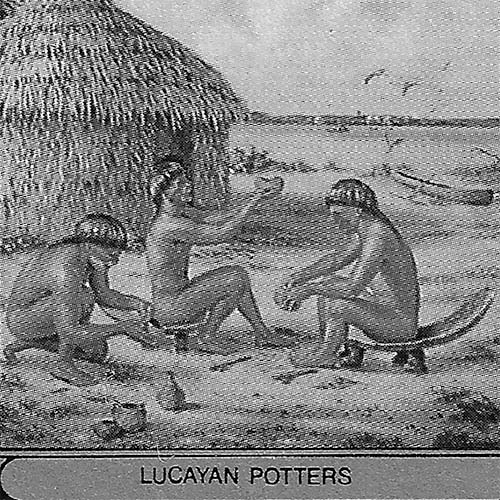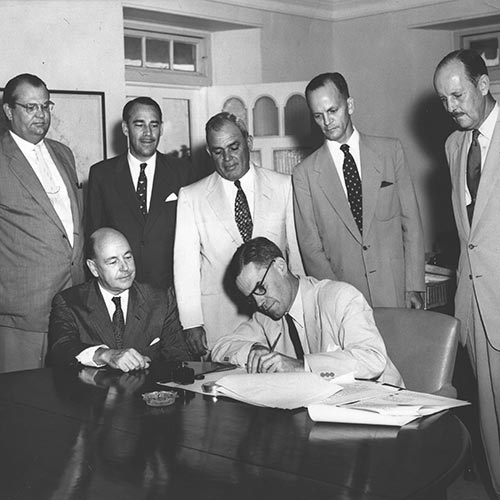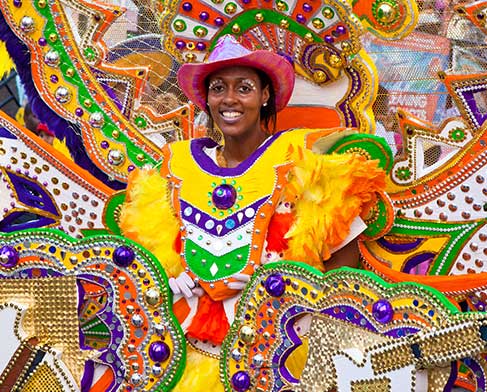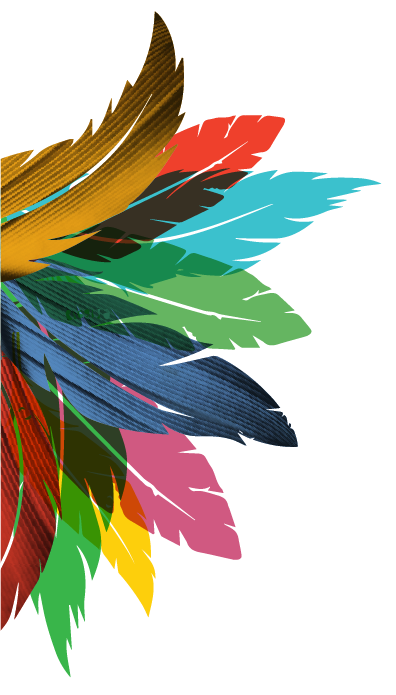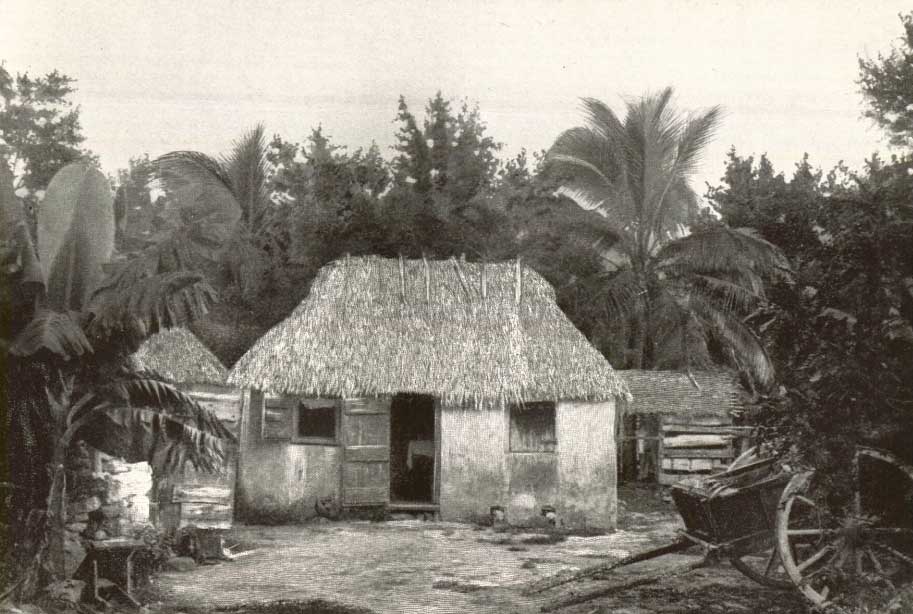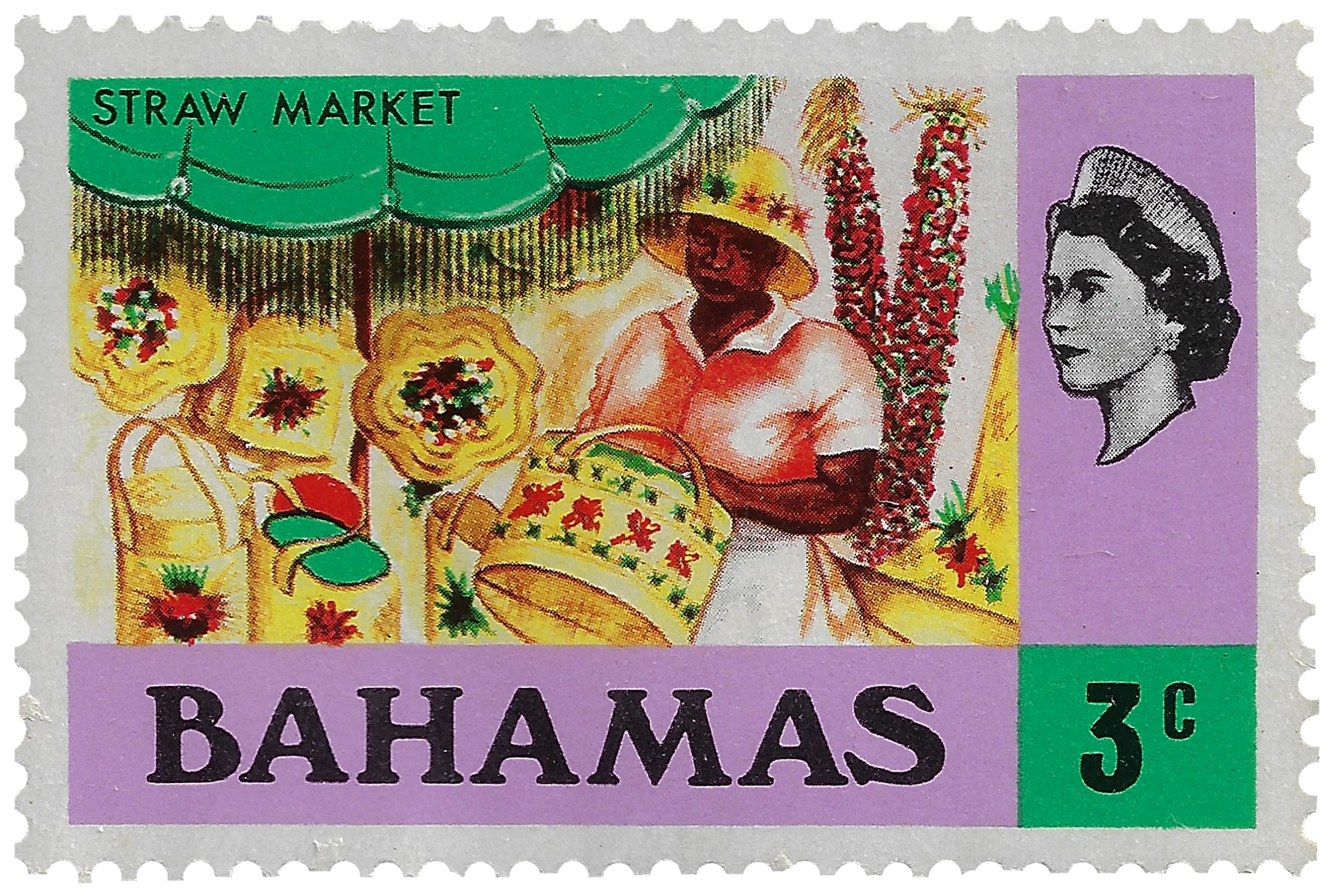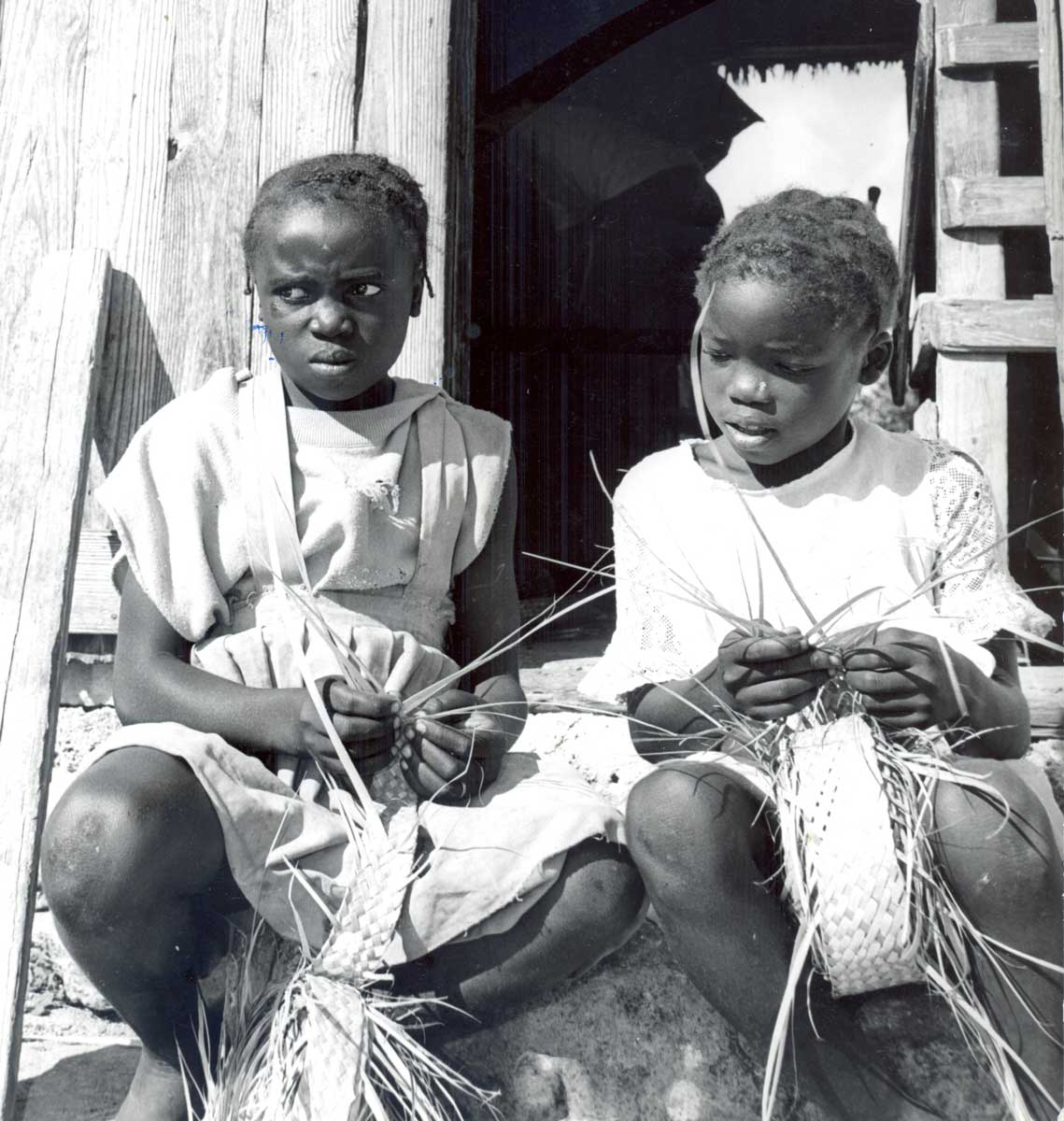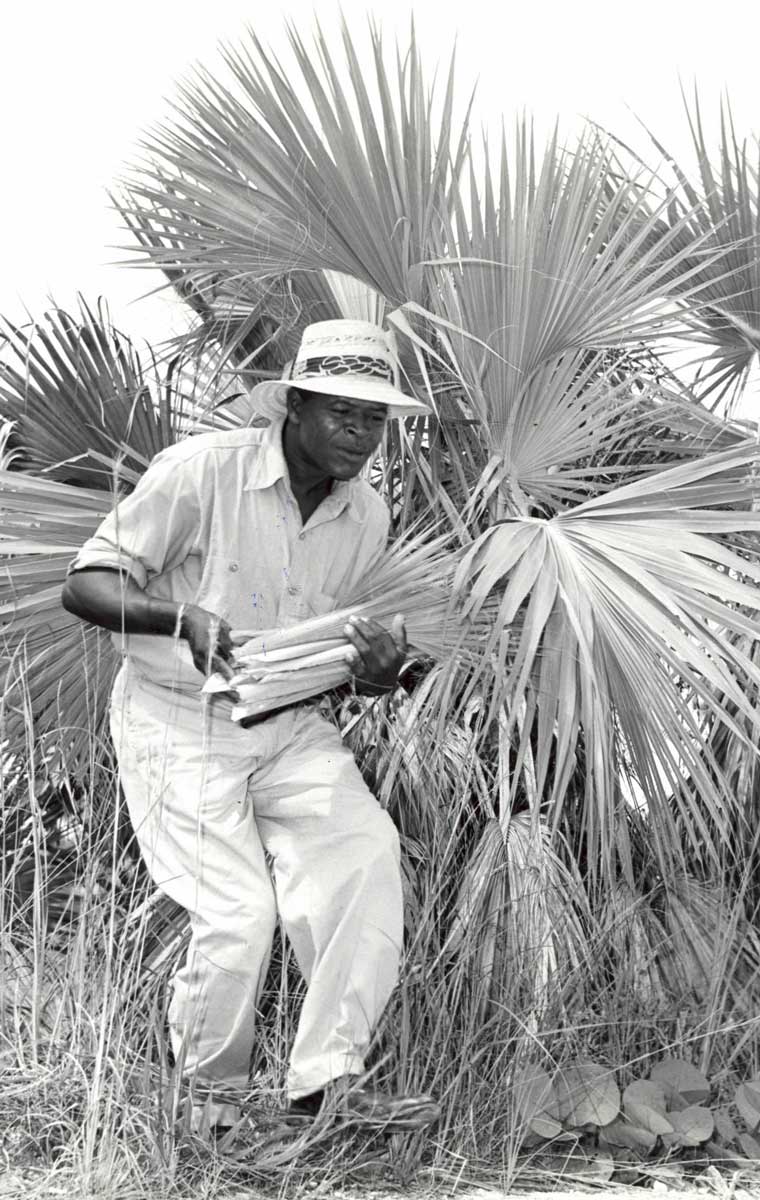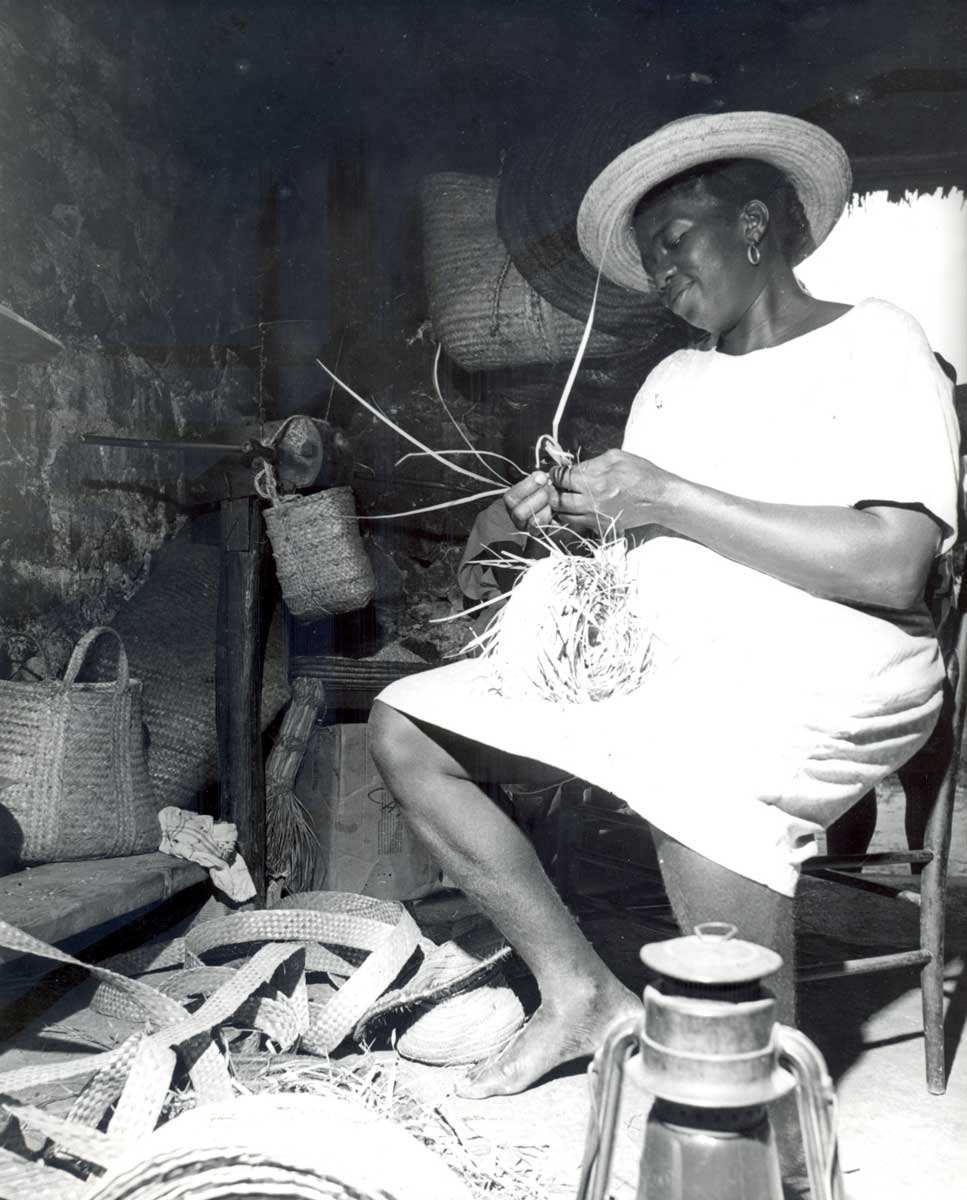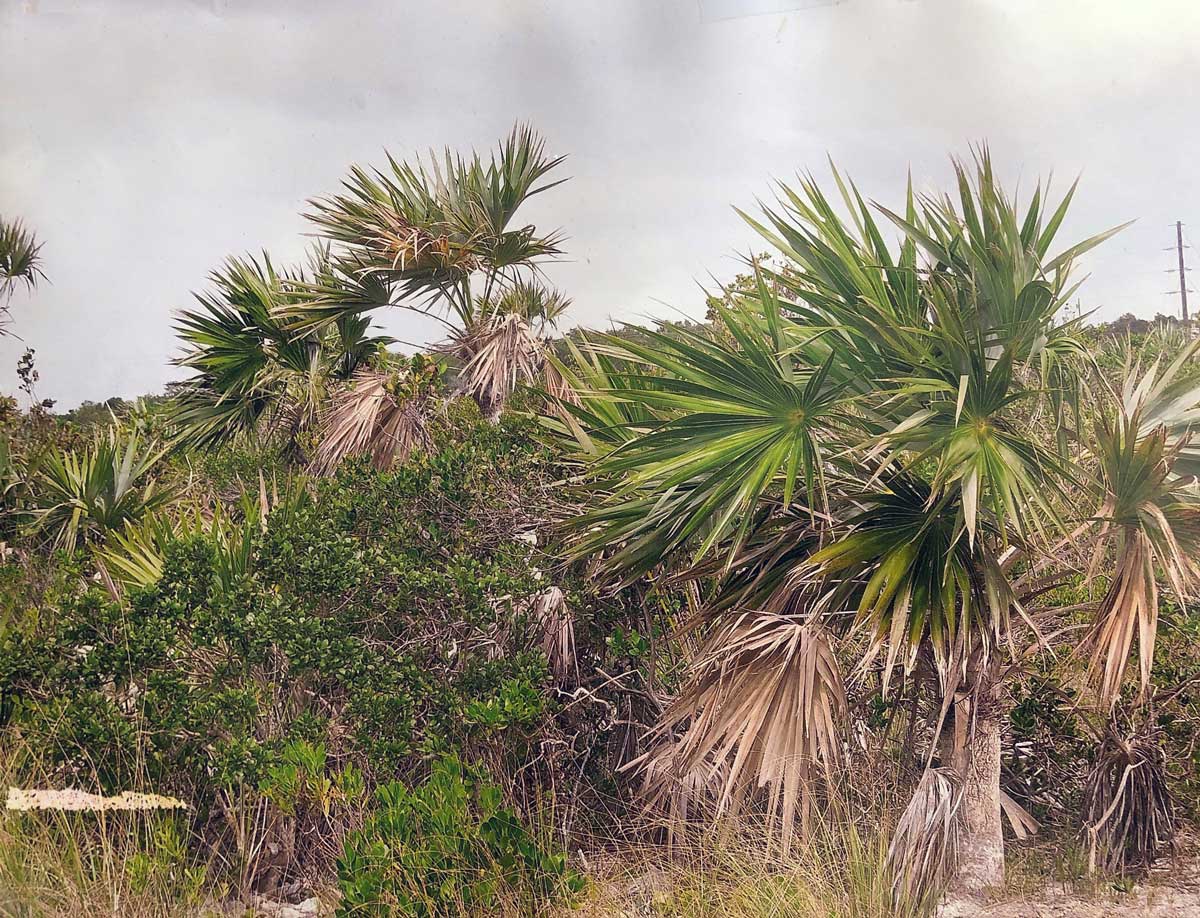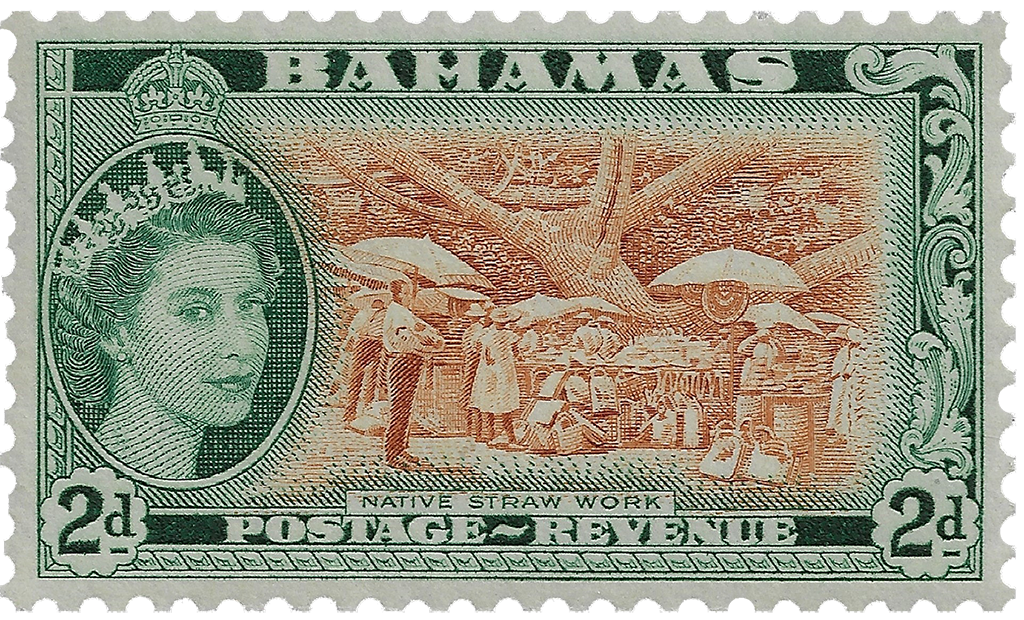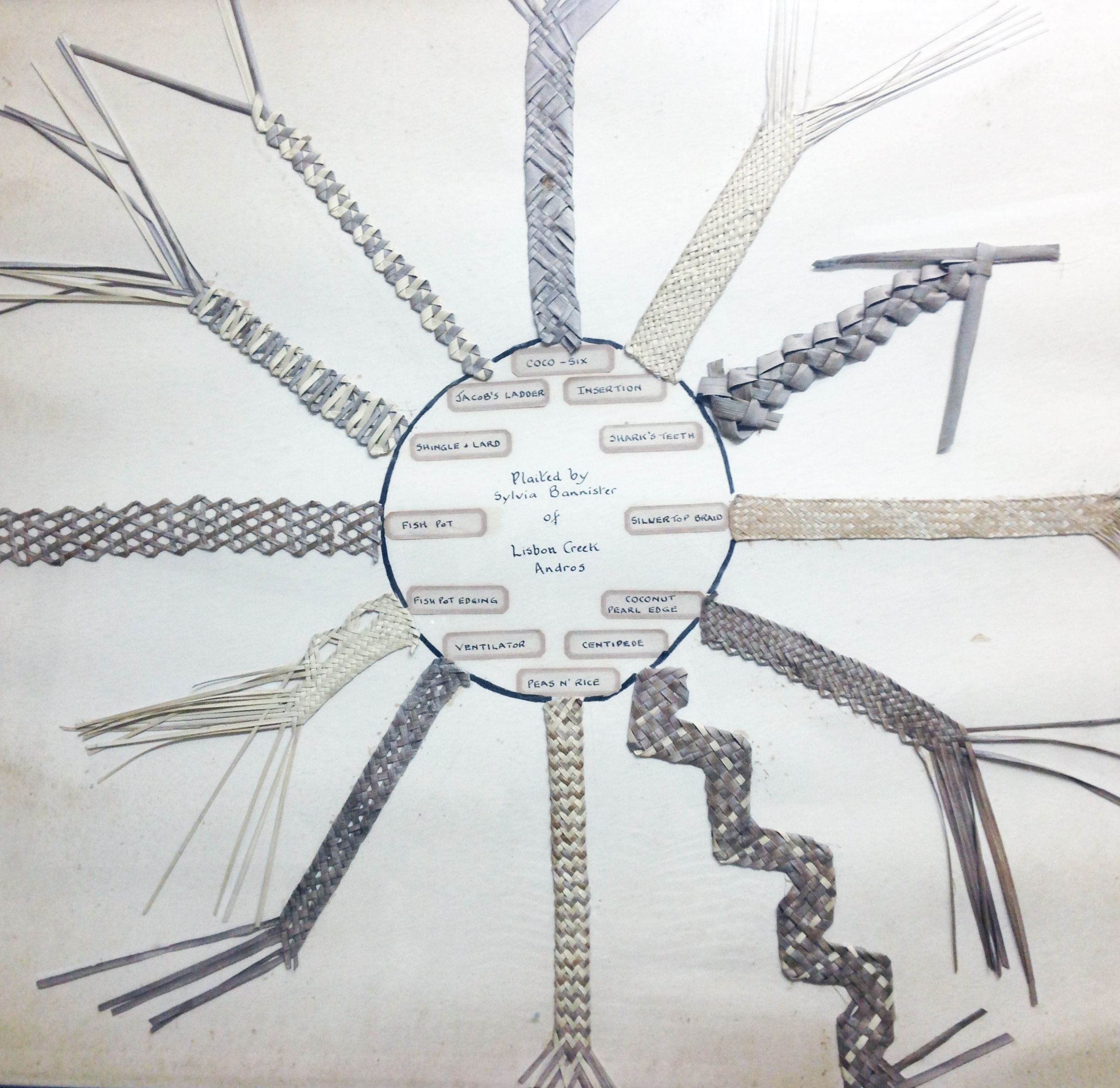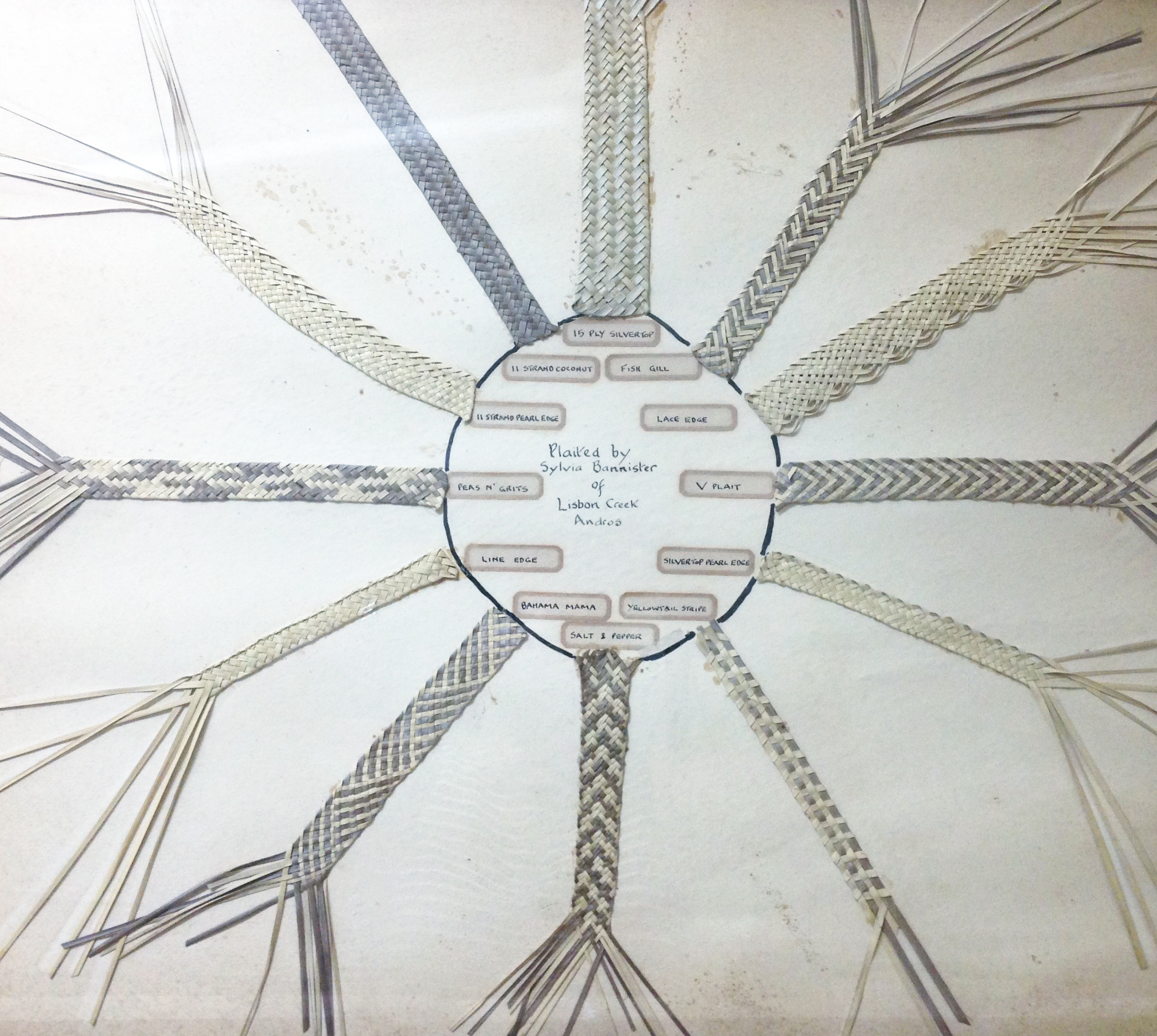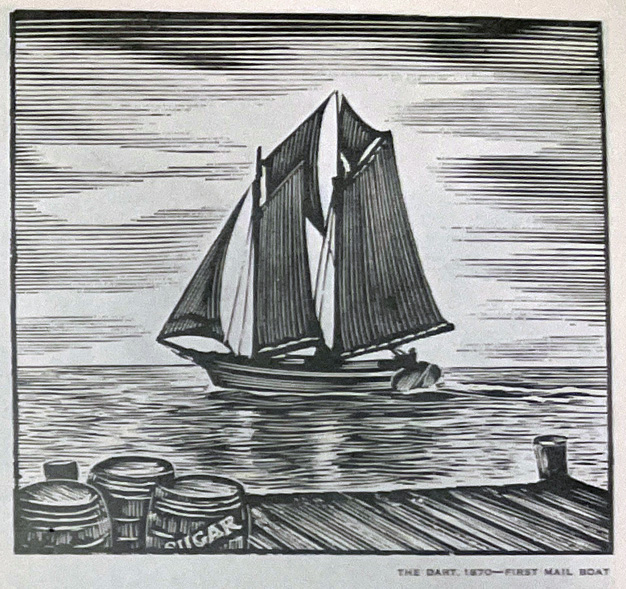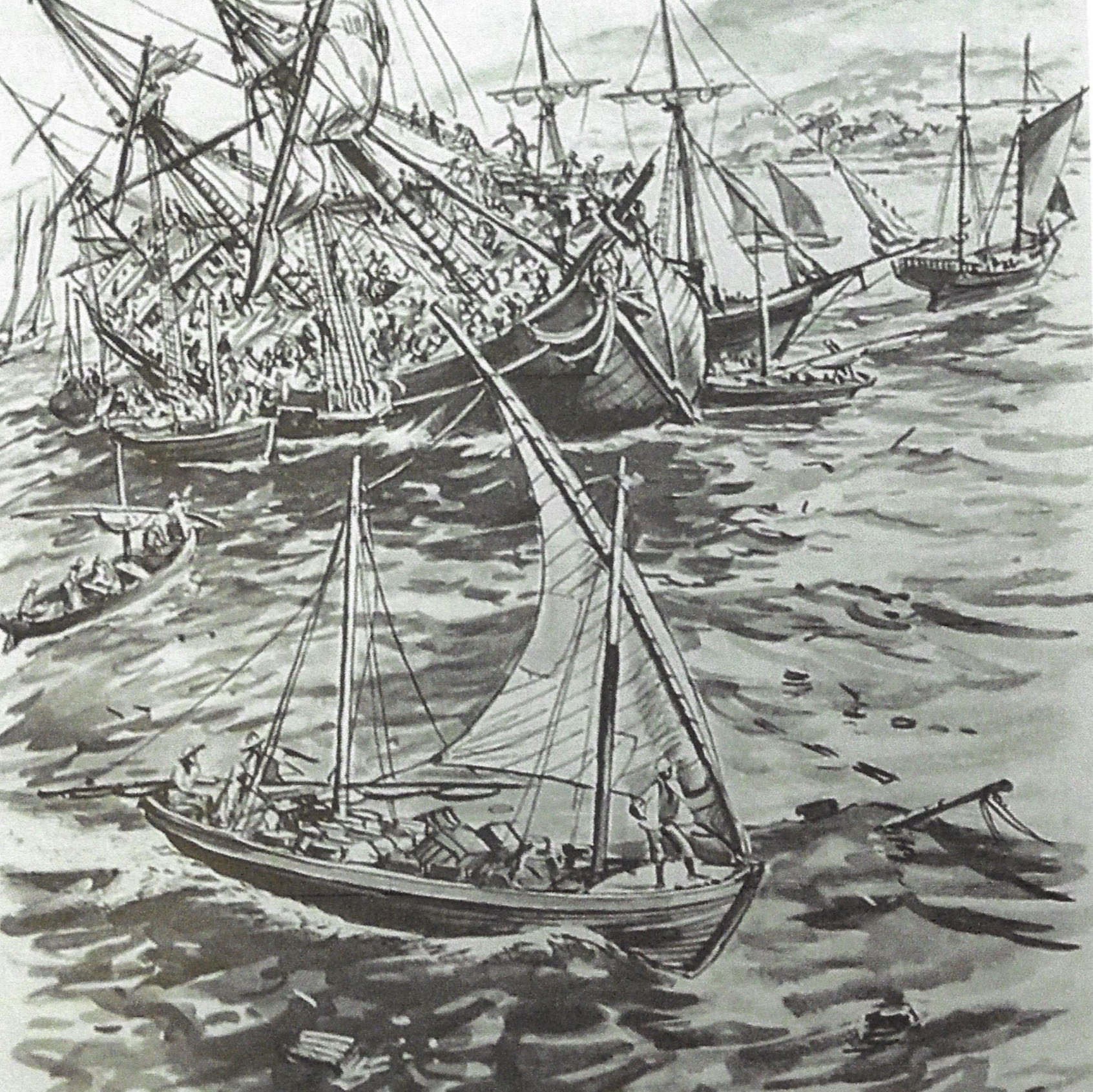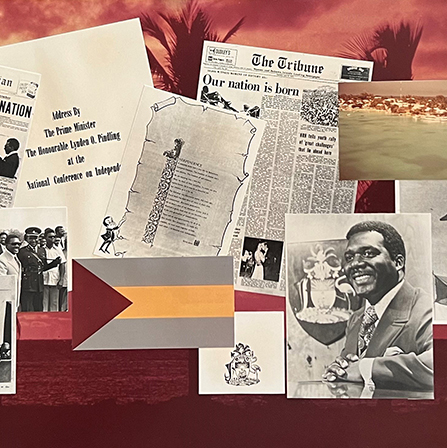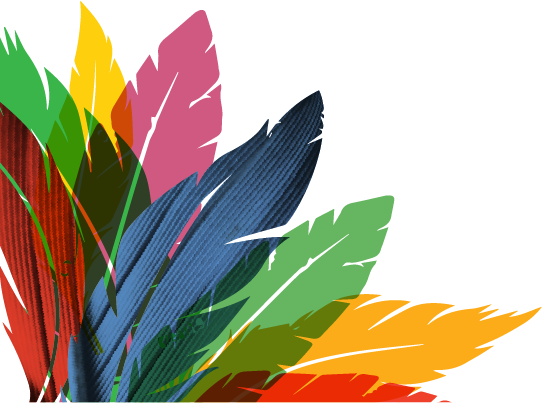Culture
Plaiting and Thatching
"The Africans rescued from the slave-ships brought with them from Africa the secret of making the genuine African Thatch. I have been told that either they cannot or will not impart this secret, so that it will become a lost art when they die out."
- The Land of the Pink Pearl, or Recollections of Life in the Bahamas (1888) by L. D. Powles
The use of natural materials to create thatch roofs, rope and plait has existed since the arrival of free and enslaved Africans to the Bahamas. Palm leaves, from the silver top, sabal palmetto and coconut palm and sisal were used. Styles and techniques have developed exclusively on various islands because of the availability of materials as well as the origination of the peoples. Some traditional weaving styles can be traced to the Loyalist migration from the Carolinas to the Bahamas in 1783. The coiled weaving style can be linked to the arrival of the Black Seminoles in Red Bays, Andros beginning in 1817.
Plaiting and coiled weaving techniques were used to create a large variety of utilitarian items. Ranging from fanners, historically used to separate grain from chaff, baskets, floor mats, fish pots, to hats, the craft has endured and forms the foundation of the straw industry in the Bahamas. Plaiting styles and techniques have been handed down from mother to daughter. As many as sixty patterns existed in the past but many have been lost with the passing of the elder generations.
"Mama would sew the straw hats, but I would make the plait. I used to go down to the Long Beach. There used to be coconut trees there. And there were plenty of thatch-top trees over at Black Sound.
We used to get the young palm tops – cut them out of the head of the tree. We would cut those tops open and put them in the rock oven, let them get kind of crisp. If we didn’t have rain, we’d put them in the sea to bleach. Then, we would strip the palm tops with a needle or pin to make the strands to plait.
Sometimes I’d mix white-top palm and coconut leaves together. Other times, I’d plait all coconut leaves, or make lace plait. Uncle Ludd would take the plait that I made and sell it up around the islands. He would bring me the money.”
- Grasping at Straws: Plaiting a Path Out of Poverty
The majority of materials are collected and processed in the out islands. There is no gender bias, with all ages involved in the industry. Young, unopened fronds at the top of the palm tree are collected, dried, cured, and cut into strips. The strips are plaited or woven, using three to fifteen strings of split palm leaf, into lengths of twelve to fifteen fathoms. The rolls have traditionally been sent to Nassau where they are crafted into marketable goods via mailboat in trade for goods not available on remote islands. The marketing and export of straw work has been documented as early as 1721.
Plaiting patterns that are wove today have names such as Jacob's Ladder, Bahama Mama, Four String, Cow Teeth, Hole in Wall, Mixed Fish Gill and Peas 'n' Rice.
